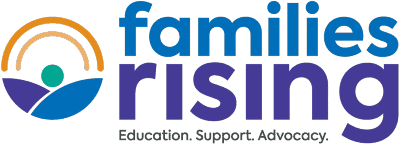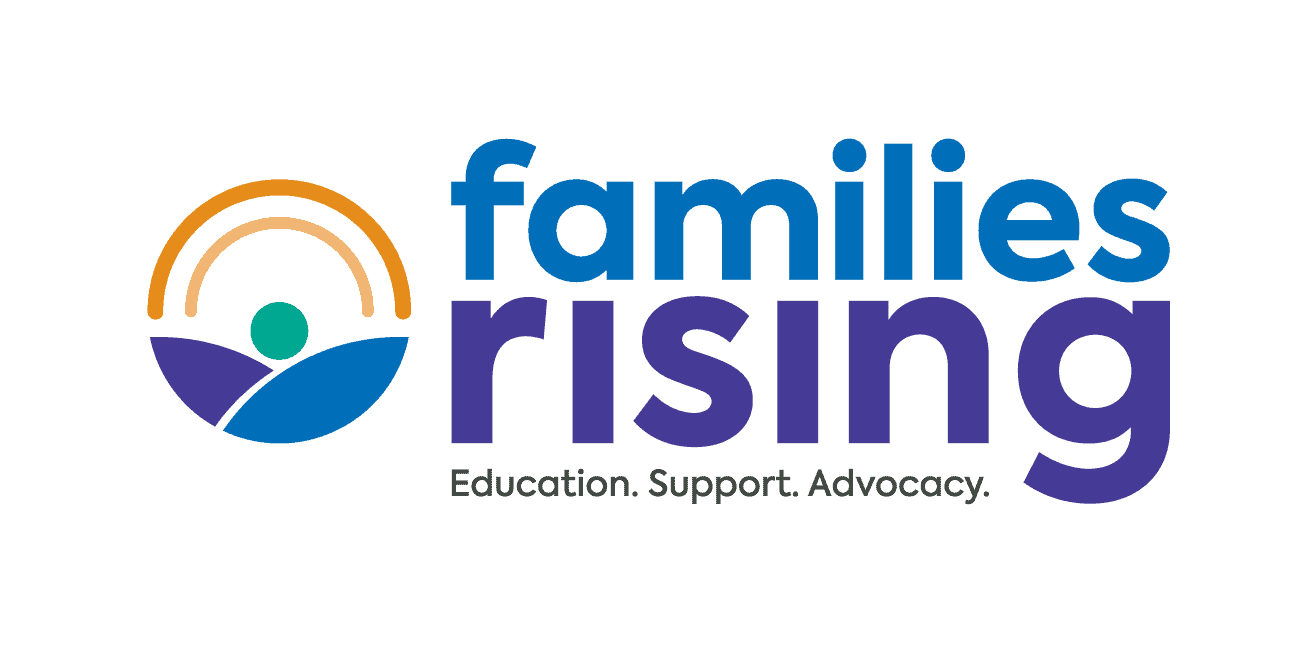From Adoptalk 2018, Issue 4; Adoptalk is a benefit of NACAC membership
By Stephanie Villafuerte and Jordan Steffen
With 25 years of experience and advocating for abused and neglected children and working on juvenile justice and child welfare issues with state departments and the legislature, Stephanie Villafuerte has dedicated her career to law and public policy related to child maltreatment. She has served as Colorado’s child protection ombudsman since 2016. Co-author Jordan Steffen maintains an award-winning career researching and analyzing public policy, laws, and rules concerning child protection first as a journalist, and now as the Office of Colorado’s Child Protection Ombudsman’s deputy ombudsman. The Office of Colorado’s Child Protection Ombudsman (CPO) is an independent state agency, housed in the Colorado Judicial Department. Enacted in 2011, the CPO receives roughly 600 complaints regarding the child protection system each year. Its jurisdiction includes child welfare services, youth corrections, mental health providers, and medical professionals. The CPO is charged with studying public agencies and systems that affect the safety, well-being, and permanency of children. The agency uses that study to craft recommendations for stakeholders and legislators for improving those systems.
In December 2017, the CPO issued a report detailing its systemic investigation. The investigation centered on the state’s adoption assistance program and resulted in 14 recommendations for improvements. You can access the report here.
For decades, national debate and research have swirled around the practice of negotiating adoption subsidies with families. Practitioners and families alike have questioned how subsidy rates are determined and whether children’s needs are receiving equitable consideration during negotiations. More than 30 years after the discussion began, however, one of the most contentious questions remains unanswered: Why do children with comparable needs receive such disparate rates?
Adoption subsidy rates are the most tangible element of the adoption assistance program, offering a definitive measure of a child’s needs and affecting a child’s permanency and well-being long after their adoption is finalized. However, these rates can vary dramatically, even when children have similar needs. This leads many to wonder what factors determine adoption subsidy rates and whether all families are receiving equitable support.
The office of Colorado’s Child Protection Ombudsman (CPO) addressed these concerns through a 16-month investigation. After a complaint was filed with the CPO by the Colorado Coalition of Adoptive Families and the Colorado Office of the Child’s Representative—both statewide agencies that serve adoptive children and families—the CPO studied whether 9,000 children receiving some form of adoption assistance were given the proper support. Through extensive collaboration with stakeholders, and interviews with more than 60 agencies and dozens of adoptive families, the CPO was granted unprecedented access and insight into Colorado’s program. As a result, the CPO identified four areas of the adoption assistance program in need of reform.
Roadblocks to Equitable Consideration for Children
- Lack of clear law, rules, and standards—Colorado law does not contain the standards and definitions included in federal guidelines and has not been substantially updated since 1973 (See Colorado’s CPO Investigation Report, pp. 14-16). The state’s standards are contradictory, with unclear guidelines about whether a child’s ordinary needs and the family’s circumstances should be considered during a subsidy negotiation (according to Volume VII 7.306.4(3)(d) and Volume VII 7.306.4(A)(3)). Some county human services department policies indicate that subsidies should be based solely on a child’s special needs at the time of the adoption, not the child’s ordinary needs. Federal guidance states that agencies should consider the “ordinary and special needs of the child projected over an extended period of time and should cover anticipated needs, e.g. child care” (according to ACYF-CB-PA-01-01 US Department of Health and Human Services). Colorado law and rule do not reflect this guidance, and nearly half of the county department policies submitted to the CPO included language that contradicts federal guidance (according to Colorado Revised Statute 26-7-104(1)).
- Different interpretations and practice—Without clear guidance about what they should consider, 59 county departments have varying interpretations of these requirements. As a result, county departments use different standards to determine what subsidies and services are provided to children. In addition, many of the laws that are in place give no instruction for putting state guidelines into practice. For example, a review of county department policies found that not all departments list family circumstances as one of the criteria that must be considered when determining a subsidy.
In other words, a family’s access to financial support may be different depending on which county they live in. For example, Colorado law and rule allows county departments to set a maximum subsidy rate that is different than the rate the child was receiving while in out-of-home placement (according to Volume VII 7.306.41 (E)(7)). The law does not provide guidance on how to do this. As a result, there is inconsistency among county departments in how these rates are set. Methods range from a department-wide cap to the use of maximum rates for certain categories of children—including the child’s age and/or needs (see Colorado’s CPO Investigation report, pp. 21-22). While flexibility is necessary to ensure that all adoption assistance programs are responsive to the needs of families in their areas, it is essential that the same guidelines and practices exist across the state, so every family can receive equitable consideration no matter what county they live in.
- Funding—Colorado’s adoption subsidies are covered by county department funds and funds from the Colorado Department of Human Services (CDHS). The funds are designed to cover a wide range of services. County departments reported that adoption subsidies account for as much as 12, 17, and 25 percent of their child welfare budgets (see Colorado’s CPO Investigation report, pp. 32). County departments must balance paying adoption subsidies with funding services for the immediate needs of children experiencing abuse and neglect. This creates the potential for adoption subsidies to be secondary to the needs of children in immediate danger. As a result, county departments have little ability to expand their adoption assistance programs (see Colorado’s CPO Investigation Report, pp. 31-33). After the CPO’s report was published in December 2017, the report was used by an analyst with the Colorado General Assembly’s Joint Budget Committee to craft legislation addressing the program’s funding. That legislation, which was signed into law this spring, created a line item in the state budget for the funds, essentially ensuring they will be spent on subsidies. In addition, the bill adjusted the reimbursement formula for subsidies. Under the new law, CDHS reimburses county departments 90 percent of funds spent on adoption assistance, compared to the previous 80 percent.
- Ongoing support—One of the most important services needed by families who adopt from the child welfare system is appropriate care to meet the high physical and mental health needs of their children. Often, adoption subsidies are determined based on immediate needs, without consideration for what a child might require in the future to grow, heal, and thrive. Without statewide guidance on how to add future support to these subsidy determinations, counties and families alike struggle to consider future needs in negotiations. The federal government determined that the agencies should consider the, “ordinary and special needs of the child projected over an extended period of time and should cover anticipated needs, e.g. child care,” (according to ACYF-CB-PA-01-01 US Department of Health and Human Services) but states like Colorado uphold laws that do not reflect, and occasionally contradict, this guidance (see Colorado’s CPO Investigation Report, p. 16). Failing to account for a child’s evolving needs may restrict families’ ability to access crucial services after their adoption is finalized.
Legislators and Stakeholders Respond to the CPO’s Recommendations
Overall, the CPO’s report revealed that inconsistent adoption assistance rates are the unintended result of underfunding and neglecting the larger child welfare system. These issues are not unique to Colorado. Guidelines surrounding adoption subsidy rates vary throughout the states, and all too often, families across the country are not guaranteed equal benefits and services.
Change appears imminent for Colorado’s adoption assistance program. The CPO issued a total 14 recommendations in this case, one to the Colorado General Assembly and 13 to CDHS (see Colorado’s CPO Investigation Report, pp. 10-13). The CDHS is working to address all the CPO’s recommendations and will launch an actuarial analysis of its adoption and guardianship assistance programs. The analysis will determine whether there is a need to develop a base rate or other methodologies to improve permanency for children through adoption or guardianship (according to Colorado Joint Budget Committee: Staff Figure Setting FY 2018-2019 Department of Human Services, page 56). The CPO also led a series of stakeholder meetings this summer, aimed at revising the state statue and ensuring it’s in line with federal law. The group expects to have a final draft by the start of the 2019 legislative session.
This review and reform is overdue in Colorado. Other states may benefit from reviewing the CPO’s report and the key issues identified there as they seek to address similar issues in their area.


